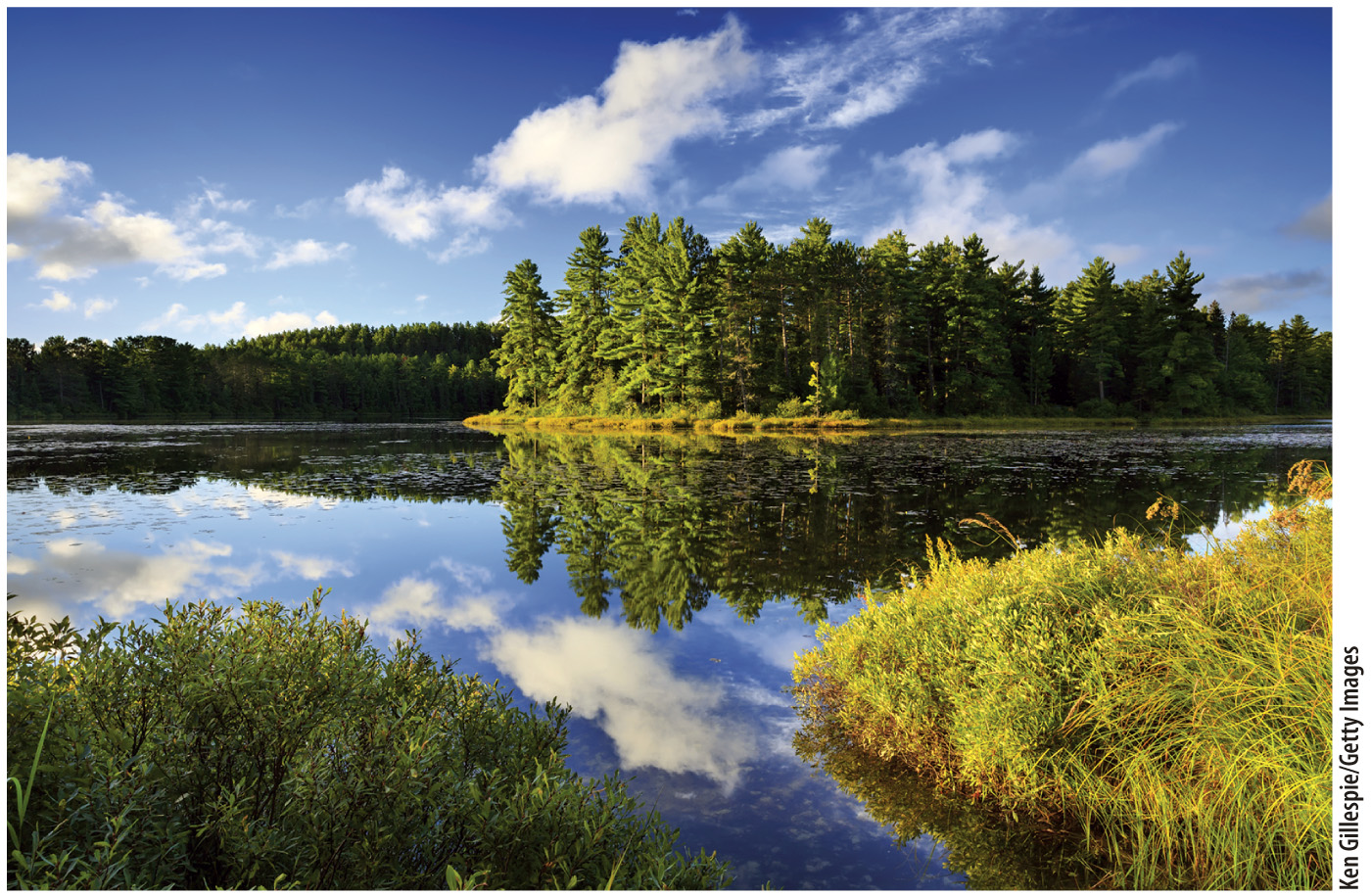FIG. 48.12 Representative freshwater biomes.

Lakes
Lakes and ponds range in size from tiny temporary pools to the Great Lakes of North America, which contain more than 20% of all freshwater habitats in the world. They range geographically from the equator to above 80° N. Their chemistries vary with the types of terrain in which they are found, and nutrient levels can be low to extremely high. Aquatic plants and macroscopic green algae live along the shallow margins of lakes, and both algae and cyanobacteria are primary producers throughout the photic zone. Zooplankton include small arthropods and rotifers, whereas the nekton is dominated by fish. Turtles and birds also play an important role as grazers and predators in many lakes.

Rivers
Rivers are freshwater biomes characterized by moving water. Rivers and streams, like lakes, vary tremendously in size and chemistry. Because of currents, rivers are generally well oxygenated, although oxygen levels may be lower in slowly moving rivers on floodplains. As with lakes, plants and large algae grow along river margins, while phytoplankton photosynthesize throughout the water column. Insects are important consumers, but other invertebrates, fish, turtles, and birds can all be abundant and diverse. Salmon and some other fish spend much of their lives in the oceans but swim up rivers to reproduce.